Here’s why you shouldn’t jump on the F40 bandwagon and why it’s far from the best Ferrari
Where to begin with what is hailed as the most beautiful supercar ever created? Passion for this particular classic Ferrari seems to have surpassed logic as it is widely regarded as the world’s most beautiful, advanced, powerful, perfect supercar, which of course, is not always true.
Judging this car with a level head has become a rather rare occurrence as those that like the car appear to want to defend it to their graves. Once you actually see the car for what it is, with its flaws laid out on paper, it’s quite easy to see how this actually may not be ‘the greatest supercar ever made’ but rather, just another good supercar.
Ugly air intakes
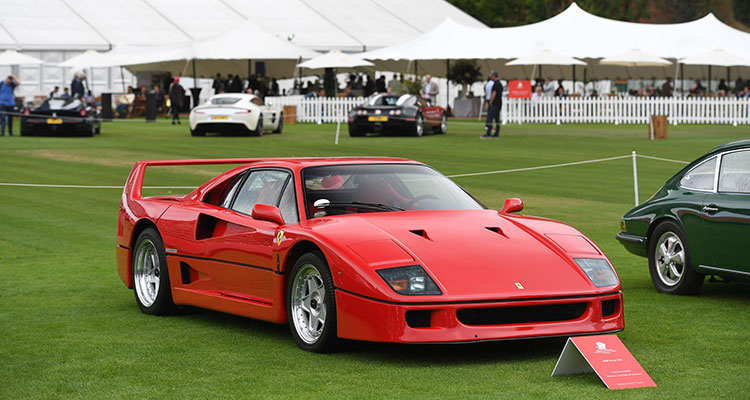
Most of the infatuation of the Ferrari F40 is centred around its gorgeous looks. There’s no denying that the overall aesthetic of this car is fantastic. It’s just a beautiful car. However, look a little closer and the illusion begins to fall apart. One of the few aesthetic flaws of this otherwise stunning car are the weird air intakes.
Something you won’t find anymore in modern supercars are air intakes that are shaped in an odd, statement-making way such as the ones found on the F40. Literally shaped like a funnel, there are eight of these bizarre airflow intakes on the car, two of which are right on top of one another on the side of the car.
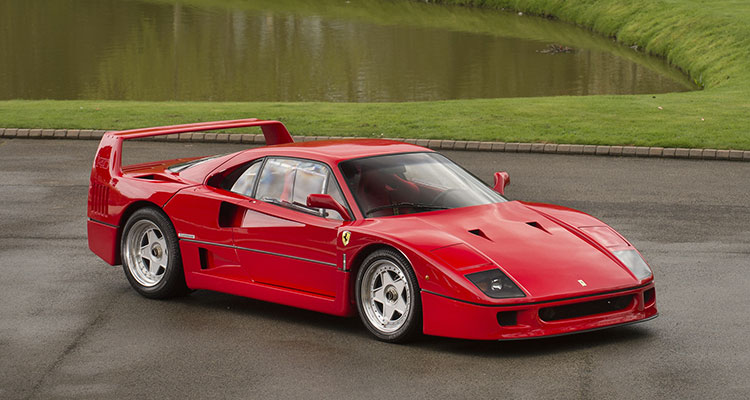
It’s the kind of thing that you can’t unsee once you focus on it. It’s as though no effort was made to incorporate them into the design and that these triangular holes have just been dotted around the body for optimum performance, with design playing no part in the decision process. They don’t fit into the contours of the body and look out of place, leaving the car looking like it’s part Italian supercar, part cheese grater.
Plastic fantastic
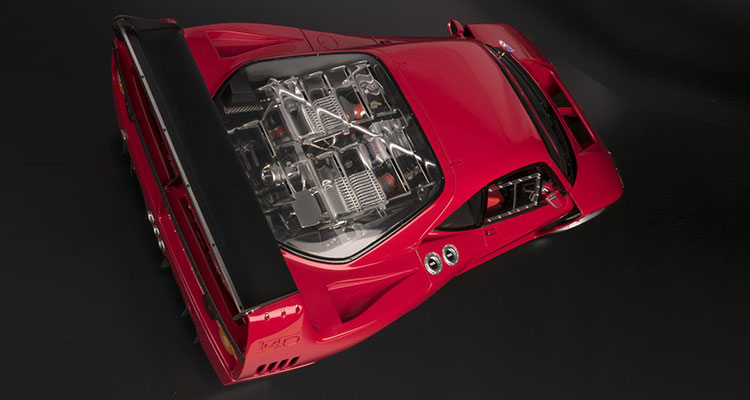
A minor complaint but do you really want your supercar to have a clear plastic engine cover that looks like it was made in DT class? If it was smaller, perhaps more discreet, then it wouldn’t be such a problem but the sheer size of this plastic panel is enough to put you off. It’s a Ferrari, not a Nissan.
Flimsy panels
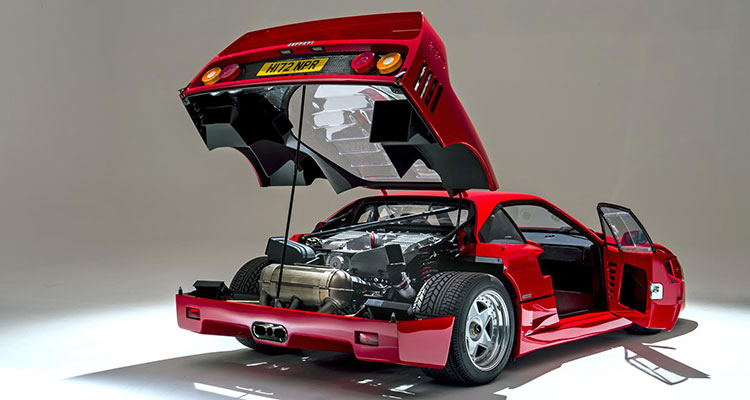
To access the frunk and the engine on this car now worth around £1.5 million, one must locate the black plastic locked clips to release the latch and then proceed to lift the panels. Both the rear and front sections of the car, once lifted up, are incredibly flimsy and feature no hydraulic arms to assist lifting.
The rear can literally be swung open like a door on a hinge if the wind happens to take it, resulting in the entire rear panel swinging up and over onto the roof of the car. The front section is held in place by two thin wire cables. Cables not thick enough to place your trust in to hold the weight of a bumper now worth around £20,000.
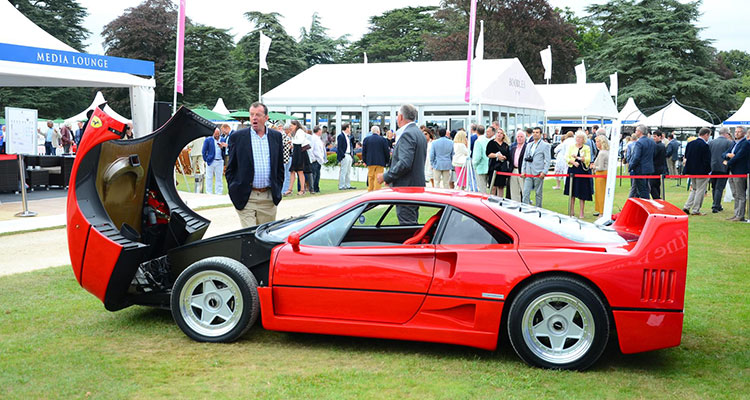
Panels are thin, warbly and will flap around in the wind if you let them. To be fair, the F40 was designed to be as light as possible for optimum performance, but we can’t help but feel that a body panel that can wobble is not a good sign of quality or ‘fine Italian craftsmanship’.
The engineering in the hinges/bonnet mechanism is incredibly basic and it’s clear to see where Enzo’s priorities were. To build the ultimate Ferrari, the panels apparently needed to have the same opening and closing mechanism as my shed door. Weird.
Thin paint
Again, it saves weight, we understand that. However, when your paint is so thin that you can see the waves of the composite kevlar/carbon fibre texture, it becomes a quality issue. One may even mistake this uneven reflection for orange peeling, something that is a result of poor paint application. Your supercar should have a nice, silky-smooth reflection to the paint, not this.
The interior
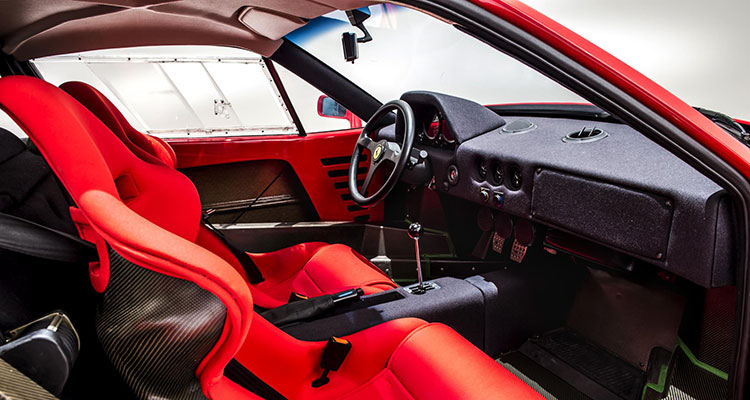
Many mistake the Ferrari F40 for something it is not. Unlike today’s Ferrari’s (or basically any Ferrari built after the F40) this one lacked any kind of luxury. The interior is felt, the seats are rock hard, the dashboard is ugly, there’s no radio, cup holders, glove compartment and there’s no door handle either. The door is opened by tugging on a plastic-covered cable within the door, just like the cable we imagine truckers to pull to honk their horn.
It’s like being inside a helicopter except there are only around seven gauges rather than a hundred. Nothing about the inside of the car suggests there was any thought for design. Dials and gauges are put in places that make sense, the wheel is in front of you and so are the pedals and that’s it. This is a track car, not a luxury supercar.
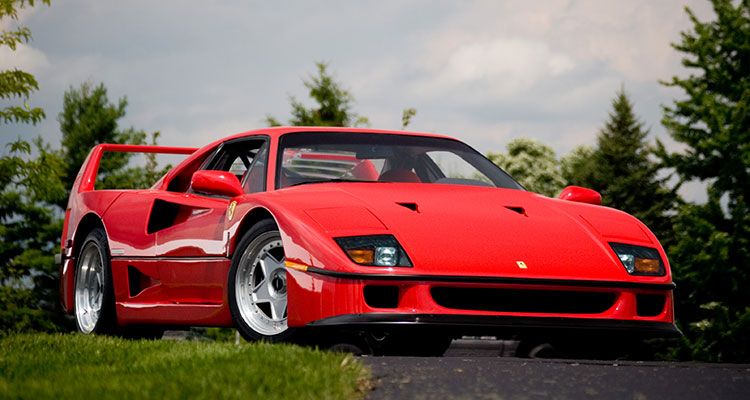
The exhaust note is lacklustre
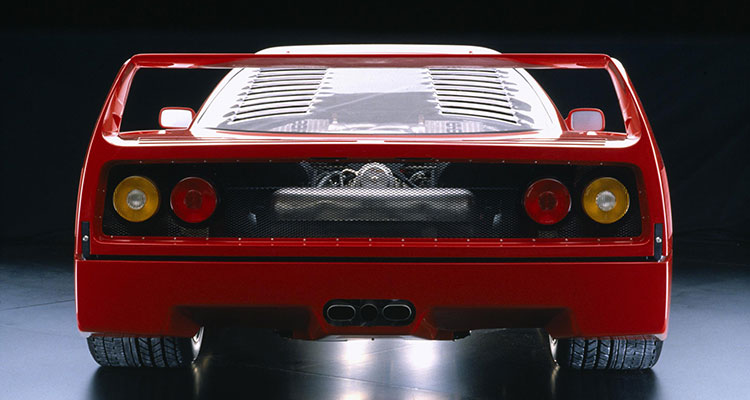
You would think, being a Ferrari F40, it would sound incredible. Wrong. With the stock exhaust, the car sounds muffled, boring and somewhat industrial. Being the greatest supercar ever made, one would expect it to at least sound good without the help of an aftermarket system.
Turbo Lag
The F40 is notorious for turbo lag and because it’s such a powerful car, it’s even more severe than one may be used to. Sure, once the engine is able to deliver all of its power once the turbos finally work the car is incredibly fast and exhilarating, but you shouldn’t have to experience such dire lag in a car that is said to be the benchmark for all supercars.
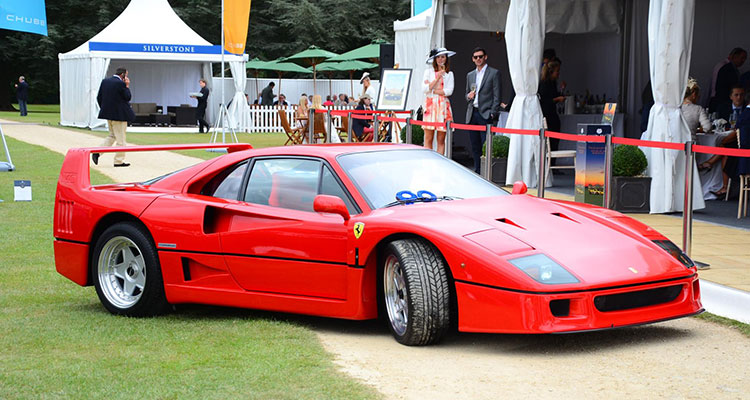
So, after all of this, I’m a bit confused. The F40 certainly isn’t the best supercar ever made with its poor production quality and complete lack of luxury, among other things. The F40 is also not the best track car ever made. So what is it?
The Ferrari F40 is an iconic supercar, a beautiful supercar and a very powerful and fast supercar but it’s just not the best car to have ever existed, so stop calling it that!
Read about how all of Maserati’s future cars will be either hybrid or full electric, here!
For more articles like this, receive our weekly e-newsletter, including partner deals and all things motoring, register your email below.
Please note: You cannot subscribe to Smart-Motoring unless you put a tick in the checkbox below to indicate have read and agreed to our privacy policy.




Leave a Reply
You must be logged in to post a comment.